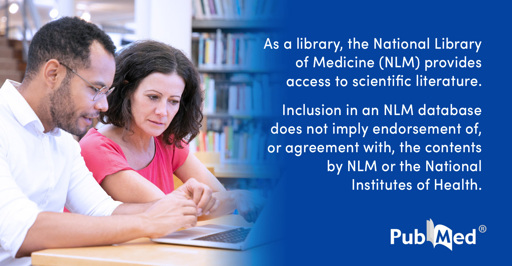J Nutr. 2025 Oct 3:S0022-3166(25)00610-8. doi: 10.1016/j.tjnut.2025.09.037. Online ahead of print.
ABSTRACT
Higher blood glucose responses to the oral glucose tolerance test (OGTT) are associated with increased risk of cardiovascular diseases (CVDs) and mortality in individuals with prediabetes and diabetes, and also in healthy individuals. Postprandial blood glucose response (PBGR) has recently been singled out as the target of several dietary interventions, including low-carbohydrate diets, low-glycemic index (GI) and load (GL) diets, food combination methods, and, more recently, machine-learning-based personalized diets by prediction of glycemic responses. The common denominator of these diets is the underlying assumption that foods causing a lower PBGR contribute to reducing the risk of type 2 diabetes (T2D), CVDs, and mortality, whereas foods inducing higher PBGRs would have the opposite effects. However, diets composed of foods that cause lower PBGRs do not necessarily lead to improved health outcomes in the long term, as they can increase disease risk and mortality through multiple other pathways. According to existing evidence, saturated fat sources and overall animal foods, which induce a lower PBGR due to their almost null carbohydrate content, have been shown to worsen insulin resistance, beta-cell function, increase hepatic and intramyocellular lipids, low-density-lipoprotein cholesterol (LDL-C), and, most importantly, lead to a higher risk of T2D, CVD, and mortality. In contrast, substituting animal products with whole plant foods, such as legumes and whole grains, which induce a higher PBGRs due to their greater carbohydrate content, has been demonstrated to improve cardiometabolic risk factors and reduce the risk of T2D, CVDs, and mortality. Therefore, the PBGR a food induces should not be considered an exclusive surrogate for its long-term health effects.
PMID:41047106 | DOI:10.1016/j.tjnut.2025.09.037
From ketogenic via this RSS feed


